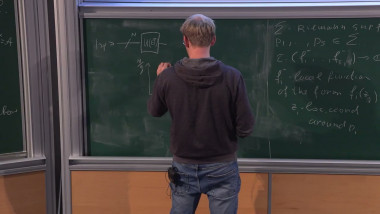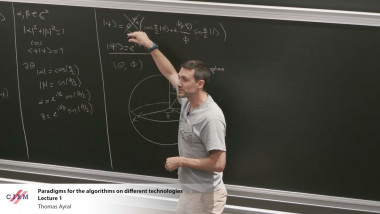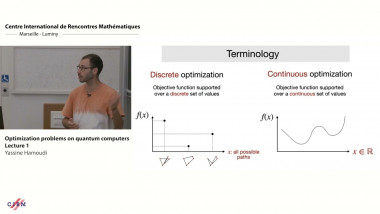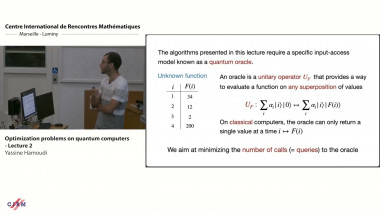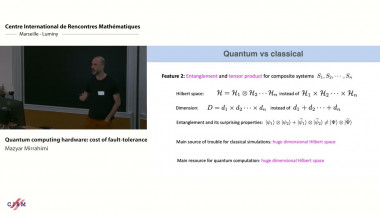Appears in collection : 2024 - T1 - WS1 - Quantum simulators
Superconducting junction arrays constitute a versatile and tunable platform to engineer model Hamiltonians that are relevant for quantum many-body systems, dissipative quantummechanics, and non-linear quantum optics. We investigate the detailed AC spectroscopy of the boundary sine-Gordon (BSG) model for a circuit designed with a large impedance value below the resistance quantum. This regime triggers large fluctuations of the superconducting phase variable, leading to two major and related physical effects: a giant renormalization of the Josephson energy at the boundary site, and a broadband inelastic scattering of external photons induced by the dynamics at the boundary.
We also give the first direct experimental detection of three-photon down-conversion in the BSG model. We finally discuss critically the advantages and limitations of superconducting circuits for the exploration of quantum many-body phenomena.
